15 Ng. 100 Đ. Nguyễn Xiển, Thanh Xuân Nam, Thanh Xuân, Hà Nội 100000
Nestled peacefully on the western bank of the mighty Mekong River, a short drive south of Pakse, lies Champassak (often spelled Champasak or Champasack). This quiet, unassuming town holds an extraordinary secret: it is the gateway to one of Southeast Asia's most significant ancient temple complexes, the UNESCO World Heritage Site of Vat Phou. But beyond its historical grandeur, Champassak itself exudes a captivating, laid-back charm, offering a tranquil retreat from the bustling world and a profound connection to Laos's rich cultural tapestry.
For travelers seeking a blend of ancient history, serene riverside life, and authentic cultural immersion, Champassak is an unmissable destination. It's a place where the echoes of ancient empires resonate through timeless landscapes, inviting you to explore, reflect, and discover the true soul of southern Laos.
Champassak, though small in size, looms large in Lao history and spiritual significance. Unlike its more developed neighbor, Pakse, Champassak retains a distinctly rural and provincial feel. Life here moves at a gentle pace, dictated by the ebb and flow of the Mekong and the rhythms of local traditions.
The town itself is characterized by quaint, wooden houses, a few modest guesthouses and restaurants, and the ubiquitous presence of the Mekong, providing both livelihood and a stunning natural backdrop. Its primary allure lies in its proximity to Vat Phou, yet the town itself offers a charming experience with its blend of French colonial architecture (albeit weathered), serene Buddhist temples, and friendly local interactions.
Champassak is a destination that appeals to those who appreciate historical depth, natural beauty, and a peaceful, authentic travel experience. It's where you can truly slow down, connect with the past, and savor the quiet moments that make travel in Laos so uniquely rewarding.
The history of Champassak is profound, stretching back over a millennium and intricately linked to the rise and fall of powerful regional empires, most notably the Khmer Empire and the later Lao kingdoms.
Long before the grandeur of Angkor Wat, the fertile plains and strategic river confluence around Champassak were home to sophisticated civilizations. The earliest known significant settlement in the area dates back to the 5th-7th centuries, when a powerful Hindu kingdom, possibly known as Shresthapura, flourished. This kingdom predates and heavily influenced the mighty Khmer Empire that later built Angkor.
The religious heart of this early kingdom was the sacred mountain of Lingaparvata (now known as Phu Kao), at the base of which the magnificent Vat Phou temple complex would later be built. This mountain was considered a sacred abode of the Hindu god Shiva, and a natural lingam (a symbolic representation of Shiva) was worshipped at its summit. Early brick and stone structures from this period indicate a strong Hindu influence and an advanced architectural understanding.
From the 9th to the 13th centuries, the region around Champassak came under the sway of the powerful Khmer Empire, centered at Angkor. The Khmers, deeply devoted to Hinduism (and later Mahayana Buddhism), recognized the profound spiritual significance of Lingaparvata and expanded upon the existing structures at Vat Phou.
It was during this period that Vat Phou reached its architectural zenith, transforming into the grand temple complex we see today. The Khmer kings, particularly Suryavarman II (who also built Angkor Wat), invested heavily in Vat Phou, seeing it as a vital spiritual and political outpost of their empire. The temple's unique design, ascending the mountain in terraces, incorporates intricate carvings, libraries, and pavilions, all meticulously aligned with the sacred mountain and its natural spring. Vat Phou served as a state temple and a major pilgrimage site, drawing devotees from across the Khmer realm.
As the Khmer Empire declined, new powers emerged. From the 14th century onwards, the region saw the rise of ethnic Lao kingdoms. The area around Champassak remained strategically important, particularly for trade routes on the Mekong.
In the 18th century, with the fragmentation of the unified Lan Xang Kingdom, the Kingdom of Champasak emerged as one of the three major Lao kingdoms (alongside Luang Prabang and Vientiane). Its capital was initially on an island in the Mekong before moving to the west bank near the present-day town. Vat Phou, by this time, had gradually transitioned from a Hindu temple to a Buddhist site, with Buddha images added to its shrines and existing Hindu iconography revered within a Buddhist context. The kings of Champasak continued to patronize Vat Phou, reinforcing its spiritual significance for the Lao people.
In the late 19th and early 20th centuries, Laos became part of French Indochina. The French, recognizing the historical and cultural importance of the area, began some of the earliest archaeological work at Vat Phou. The town of Champassak itself developed a modest French colonial presence, evident in some of the older buildings that still line its streets today.
In the post-colonial era, particularly after Laos's independence, Champassak gradually receded from its former political prominence. However, its historical significance remained, leading to the inscription of Vat Phou as a UNESCO World Heritage Site in 2001, bringing renewed international attention and conservation efforts.
Today, Champassak is a peaceful provincial town, inviting visitors to delve into its profound past, appreciate its tranquil present, and connect with the enduring spiritual legacy that defines this captivating corner of southern Laos.
While Vat Phou is undoubtedly the crown jewel, Champassak offers a range of experiences that blend historical exploration with cultural immersion and tranquil relaxation.
The primary reason to visit Champassak, Vat Phou (or Wat Phu) is a breathtaking ancient Khmer Hindu temple complex, predating Angkor Wat and showcasing remarkable architectural and artistic prowess.
Terraced Ascent: The temple is designed as a series of ascending terraces, leading up the sacred Phu Kao mountain. Each level offers new perspectives and structures.
Gateway Pavilions: Begin your journey at the lower level, where two grand, ruined pavilions (palaces) flank the processional walkway. Their intricate carvings, though weathered, hint at their former glory.
Naga Staircases: Ascend the steep, often crumbling stone staircases, flanked by multi-headed Naga (mythical serpent) balustrades, symbolizing the ascent from the human world to the divine.
Sanctuary and Lingam: At the summit, you'll reach the main sanctuary, built directly against the mountain cliff face. Here, a natural spring flows, once believed to be Shiva's sacred water, and a natural lingam was historically worshipped. Buddha images now reside within, reflecting the site's transition to Buddhism.
Intricate Carvings: Throughout the complex, discover exquisite carvings depicting Hindu deities, mythological scenes, and delicate floral motifs, offering insights into Khmer art and beliefs.
Museum: A small museum at the entrance provides valuable context, displaying artifacts and explaining the history and religious significance of the site.
Best Time to Visit: Early morning or late afternoon to avoid the heat and crowds, and to capture the best light for photography.
The town of Champassak itself is a delightful place for leisurely exploration.
Riverside Stroll: Wander along the Mekong riverbank, watching longtail boats glide by and observing daily life. The sunset views over the river are particularly beautiful.
French Colonial Houses: Discover a scattering of weathered but charming French colonial-era houses, adding a touch of faded grandeur to the town's atmosphere.
Local Temples (Wats): Visit active Buddhist temples in the town, such as Wat Mouang Kang, to observe local devotees, admire Lao architectural styles, and soak in the peaceful ambiance.
Local Market: Head to the morning market to experience a vibrant slice of local life, with fresh produce, local foods, and friendly vendors. It's a great place to try authentic Lao snacks.
Champassak serves as an excellent northern gateway to the famed Si Phan Don (4,000 Islands) archipelago, just a short drive or boat trip further south. While Don Khong is the largest and closest island, the more popular backpacker islands of Don Det and Don Khon are also easily reachable for a day trip or an extended stay.
Khone Phapheng Falls: Visit Southeast Asia's largest waterfalls by volume, an awe-inspiring spectacle of the Mekong's power.
Li Phi Falls (Tad Somphamit): Picturesque falls on Don Khon, often with natural swimming pools.
Irrawaddy Dolphin Spotting: Take a boat trip near the Cambodian border to try and spot the critically endangered Irrawaddy dolphins.
French Colonial Remnants: Explore the old railway bridge and locomotive on Don Det/Don Khon.
While further afield, a day trip to the Bolaven Plateau can be organized from Champassak or Pakse. This elevated region is known for its cool climate, lush coffee and tea plantations, and stunning waterfalls.
Waterfalls: Explore beautiful cascades like Tad Fane (twin waterfalls), Tad Yuang, and Tad Lo.
Coffee Plantations: Learn about coffee production and sample some of Laos' famous beans.
Ethnic Villages: Visit traditional villages of various ethnic groups.
Rent a bicycle in Champassak and explore the peaceful rural roads surrounding the town. Cycle through rice paddies, past local villages, and along the river, offering a tranquil and immersive way to experience the local landscape and interact with friendly villagers.
To make your visit to Champassak smooth and enjoyable, consider these practical tips.
From Pakse: Pakse is the main transportation hub for southern Laos, with an international airport (Pakse International Airport - PKZ) and bus connections.
By Tuk-Tuk/Taxi: This is the most common and convenient way. You can hire a tuk-tuk or taxi from Pakse. The ride takes about 45 minutes to 1 hour. Negotiate the price beforehand.
By Songthaew (Shared Pick-up Truck): A cheaper, but slower and less frequent option from Pakse's southern bus terminal.
By Ferry: Some cross-river ferries operate from Pakse, but then you'd still need land transport to Champassak town.
From Si Phan Don (4,000 Islands): If you're coming from the south, you can take a bus/minivan from Nakasong (the mainland ferry point for Don Det/Don Khon) or Hat Xai Khun (for Don Khong) north to Champassak.
Organized Tours: Many tour operators, including Golden Trail Travel, offer multi-day tours of Southern Laos that feature Champassak and Vat Phou, often including transfers from Pakse or as part of a longer itinerary. This is the most hassle-free way to visit. Visit their website at https://goldentrailtravel.com/ to explore their Southern Laos tour options.
Walking: Champassak town itself is small enough to explore on foot.
Bicycle Rental: Many guesthouses offer bicycle rentals, ideal for exploring the town and cycling to Vat Phou (about 8-10 km south of town).
Tuk-Tuk/Motorbike Taxi: Available for shorter distances or to get to Vat Phou if you prefer not to cycle.
Scooter/Motorbike Rental: A few places might offer scooter rentals for more independent exploration of the surrounding area, but exercise caution on unfamiliar roads.
Champassak offers a range of guesthouses and a few boutique hotels, primarily located along the main road that parallels the river.
Riverside Charm: Many accommodations offer lovely views of the Mekong.
Budget to Mid-Range: Options are generally simple but comfortable, catering to travelers seeking a quiet stay.
Booking: While not always essential, booking ahead, especially during peak season (November-February), is advisable to secure your preferred room.
Champassak has a selection of local Lao restaurants and guesthouse eateries.
Lao Cuisine: Enjoy delicious sticky rice, laap (minced meat salad), tam mak hoong (papaya salad), and fresh Mekong fish dishes.
French Influence: Some places might offer simple Western dishes or have a subtle French influence in their breakfast options.
Local Markets: The morning market is a great place to find cheap, authentic breakfast and snacks.
Beerlao: The national beer is readily available and best enjoyed with a sunset view over the Mekong.
Dry Season (October to April): Generally the most pleasant time to visit Champassak. Temperatures are cooler (especially from November to February), and rainfall is minimal, making it ideal for exploring Vat Phou and outdoor activities.
Hot Season (March to April): Can be very hot, especially in April.
Wet Season (May to September): The landscape is lush and green, and the Mekong is at its fullest. While there are fewer tourists, expect higher humidity and regular, often heavy, rain showers. The temple might be more slippery.
Lightweight, Breathable Clothing: Cotton or linen is ideal for the tropical climate.
Modest Clothing: Essential for visiting Vat Phou and other temples. Cover your shoulders and knees.
Sun Protection: Hat, sunglasses, and high-SPF sunscreen are crucial.
Insect Repellent: Especially important for evenings and early mornings near the river.
Comfortable Walking Shoes/Sandals: For exploring Vat Phou (which involves climbing stairs) and walking around town.
Basic First-Aid Kit: With any personal medications.
Reusable Water Bottle: Stay hydrated and reduce plastic waste.
Camera: For capturing the stunning historical sites and landscapes.
Cash (Lao Kip): ATMs are limited in Champassak (though available in Pakse). Bring enough cash for your stay, especially small denominations.
Dress Modestly: When visiting temples like Vat Phou, ensure your shoulders and knees are covered.
Remove Shoes: Before entering temples and people's homes.
Ask Permission: Before taking photos of locals, especially children.
Bargain Respectfully: If shopping in markets, a little polite bargaining is acceptable, but always with a smile.
Be Mindful of Monks: Women should avoid touching monks. Always show respect.
Support Local: Choose local guesthouses, restaurants, and tour operators to ensure your tourism dollars benefit the communities directly.
Champassak isn't just about Vat Phou; it's a microcosm of southern Laos, serving as a tranquil base from which to explore the region's diverse offerings.
The Mekong is the lifeblood of Champassak, defining its landscape, influencing its economy, and providing a constant, soothing presence. From the daily activities on the river to the stunning sunsets, the Mekong offers a profound connection to this part of Laos. Its wide expanse here gives a sense of the grandeur that awaits further south in Si Phan Don.
Southern Laos offers a different pace and character compared to the north. It's less mountainous, more defined by the vast Mekong and its tributaries, and characterized by lush agricultural lands. The population is less dense, and the overall feel is one of deep tranquility and authenticity. Champassak perfectly encapsulates this serene charm.
While Vat Phou is its most famous historical site, the region's historical importance extends further. The area was a crossroads of ancient empires, trade routes, and cultural exchanges between the Mon-Khmer peoples, the Chams, and later the Lao. Traces of this rich past can be found in various archaeological remnants and local traditions.
Beyond the ancient ruins, Champassak allows for gentle interactions with nature and local culture. Cycling through rice paddies, visiting local villages, and simply observing daily life offer opportunities for authentic engagement. The focus here is on slow travel, allowing for deeper appreciation.
In essence, Champassak provides a powerful combination: the grandeur of ancient history at Vat Phou, the peaceful allure of riverside life, and a genuine introduction to the laid-back beauty of southern Laos. It's a destination that invites you to uncover layers of history and culture at your own unhurried pace.
Embarking on a journey to Champassak and the ancient wonders of Southern Laos with Golden Trail Travel ensures a seamless, insightful, and unforgettable experience. As specialists in crafting exceptional travel itineraries throughout Southeast Asia, Golden Trail Travel is perfectly positioned to unlock the magic of this unique region for you.
Expertly Designed Itineraries: Golden Trail Travel offers a range of meticulously planned tours that feature Champassak and the majestic Vat Phou. Whether you're interested in a dedicated historical exploration or a broader tour of Southern Laos that includes the Bolaven Plateau and Si Phan Don, they have options that cater to diverse interests.
Seamless Logistics: Forget the complexities of arranging local transportation, entrance tickets, or finding suitable accommodation in a less-touristy area. Golden Trail Travel handles all the logistics, providing comfortable and reliable transfers from Pakse, arranging expert guides for Vat Phou, and ensuring efficient scheduling. You can relax and fully immerse yourself in the historical and cultural experience.
Knowledgeable Local Guides: Many of their tours include experienced, English-speaking local guides who bring the rich history, spiritual significance, and cultural nuances of Vat Phou and Champassak to life. Their insights into the ancient Khmer Empire, local traditions, and the transition to Buddhism will significantly enrich your understanding.
Authentic Cultural Experiences: Golden Trail Travel emphasizes genuine encounters, ensuring their tours provide opportunities to connect with local communities, sample authentic Lao cuisine, and witness traditional ways of life in Champassak and the surrounding area.
Responsible and Sustainable Tourism: They are committed to ethical and sustainable tourism practices, working with local partners and promoting activities that benefit the environment and local communities. This ensures that your visit contributes positively to the preservation of these invaluable historical sites.
Comfort and Safety: Travel with peace of mind knowing that Golden Trail Travel prioritizes your comfort and safety, using reliable transportation, vetting local providers, and adhering to high service standards.
Easy Online Booking: Visit their user-friendly website at https://goldentrailtravel.com/ to easily browse their Southern Laos tour options, including those featuring Champassak and Vat Phou. You can view detailed itineraries, customize your trip, and book your adventure with confidence, knowing you have a reliable partner for your journey.
Let Golden Trail Travel be your trusted companion in discovering the ancient splendor, timeless charm, and profound history of Champassak and the captivating landscapes of Southern Laos. Prepare for an escape unlike any other.
Q1: What is Champassak? A1: Champassak is a small, quiet riverside town in Southern Laos, famous for being the gateway to the UNESCO World Heritage Site of Vat Phou (Wat Phu), an ancient Khmer Hindu temple complex.
Q2: Where is Champassak located? A2: Champassak is located on the western bank of the Mekong River, in Champasak Province, Southern Laos. It's about 45 minutes to 1 hour drive south of Pakse, the region's main city.
Q3: How do I get to Champassak from Pakse? A3: The most common ways are by hiring a tuk-tuk or taxi from Pakse. Shared songthaews (pick-up trucks) are a cheaper but slower option.
Q4: What is Vat Phou? A4: Vat Phou (or Wat Phu) is an ancient Khmer Hindu temple complex, predating Angkor Wat. It's a UNESCO World Heritage Site with fascinating tiered architecture, intricate carvings, and a rich history, built on the sacred Phu Kao mountain.
Q5: What is the best time to visit Vat Phou and Champassak? A5: The dry season (October to April) is generally the best time, with cooler temperatures and less rain. Early morning or late afternoon visits to Vat Phou are recommended to avoid heat and crowds.
Q6: What else can I do in Champassak besides Vat Phou? A6: You can explore Champassak town itself (French colonial buildings, local temples, morning market), enjoy Mekong river sunsets, cycle through the countryside, or use it as a base for day trips to the Bolaven Plateau or the 4,000 Islands (Si Phan Don).
Q7: Is it possible to stay overnight in Champassak? A7: Yes, Champassak offers a range of guesthouses and a few boutique hotels, mostly along the river, providing comfortable options for overnight stays.
Q8: Are there ATMs in Champassak? A8: ATMs are limited in Champassak. It's highly recommended to carry sufficient Lao Kip cash for your stay, as most local establishments only accept cash. ATMs are readily available in Pakse.
Q9: What should I wear when visiting Vat Phou? A9: As a sacred religious site, it's respectful to dress modestly, covering your shoulders and knees. Comfortable walking shoes are essential for climbing the stairs at Vat Phou.
Q10: Can I visit the 4,000 Islands (Si Phan Don) from Champassak? A10: Yes, Si Phan Don is located further south and is easily accessible from Champassak by road or boat. Many travelers combine Champassak with a visit to the 4,000 Islands and the Khone Phapheng Falls.
"Our trip to Champassak and Vat Phou with Golden Trail Travel was simply magnificent! The ancient temple complex is truly awe-inspiring, and our guide brought its history to life with fascinating insights. The peaceful charm of Champassak town was also a delightful surprise. Highly recommend their expertise for this region." — Emily R., United States
"Golden Trail Travel organized a seamless and incredibly enriching tour of Southern Laos, with Champassak and Vat Phou as a definite highlight. The transfers from Pakse were comfortable, and having a knowledgeable guide at Vat Phou made all the difference. Their attention to detail is superb." — Liam K., Australia
"As a history enthusiast, visiting Vat Phou through Golden Trail Travel was a dream come true. The beauty of the temple and its setting are profound. We loved the quiet evenings in Champassak. Golden Trail Travel handled everything perfectly, from accommodation to expert guidance. A truly authentic experience." — Anja S., Germany
"We incorporated Champassak into a larger Southern Laos tour with Golden Trail Travel, and it was a wise choice. Vat Phou is a must-see, and the tranquil atmosphere of Champassak was a perfect contrast to other destinations. Golden Trail Travel’s professionalism and local knowledge were outstanding." — The Chen Family, Singapore
"Absolutely loved our Golden Trail Travel tour to Champassak! The ancient ruins of Vat Phou are stunning, and the town itself is so peaceful. Their arrangements were flawless, allowing us to fully immerse ourselves in the history and beauty of the area. A truly memorable part of our Laos adventure!" — Chloe P., Canada
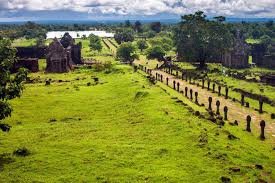
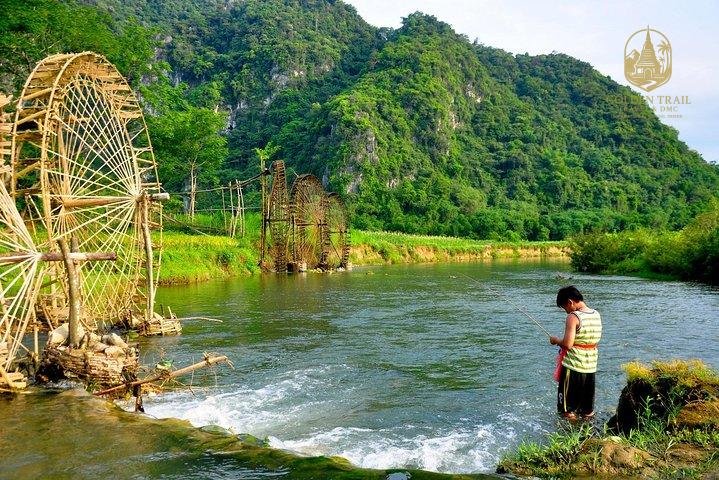
Discover ancient beauty and unique culture with Waterwheel trekking Pu Luong. Hike past giant waterwheels, terraced fields, and local villages. Book an authentic tour with Golden Trail Travel & DMC.
August 29, 2025
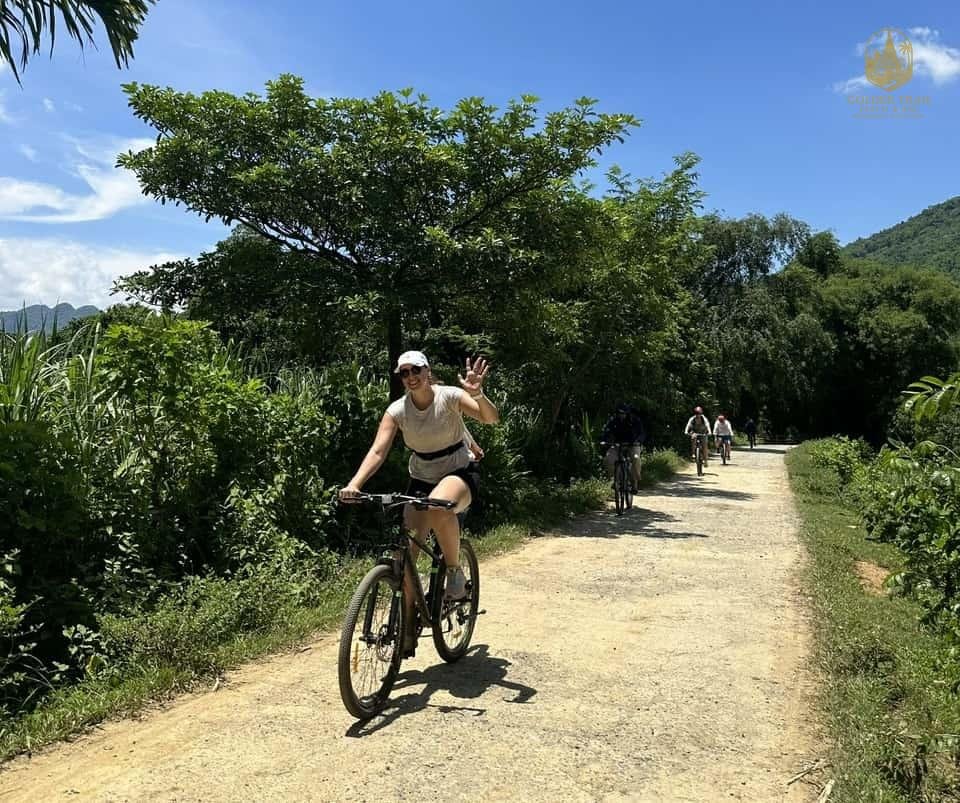
Unleash your inner explorer with the ultimate guide to Pu Luong cycling. Discover the best routes, seasons, and cultural experiences in this breathtaking nature reserve. Book your unforgettable tour with Golden Trail Travel & DMC.
August 29, 2025

Embark on a soul-stirring adventure with our ultimate guide to rice terraces trekking in Pu Luong. Discover the best trails, seasons, and cultural experiences. Book your unforgettable tour with Golden Trail Travel & DMC and feel the magic.
August 29, 2025
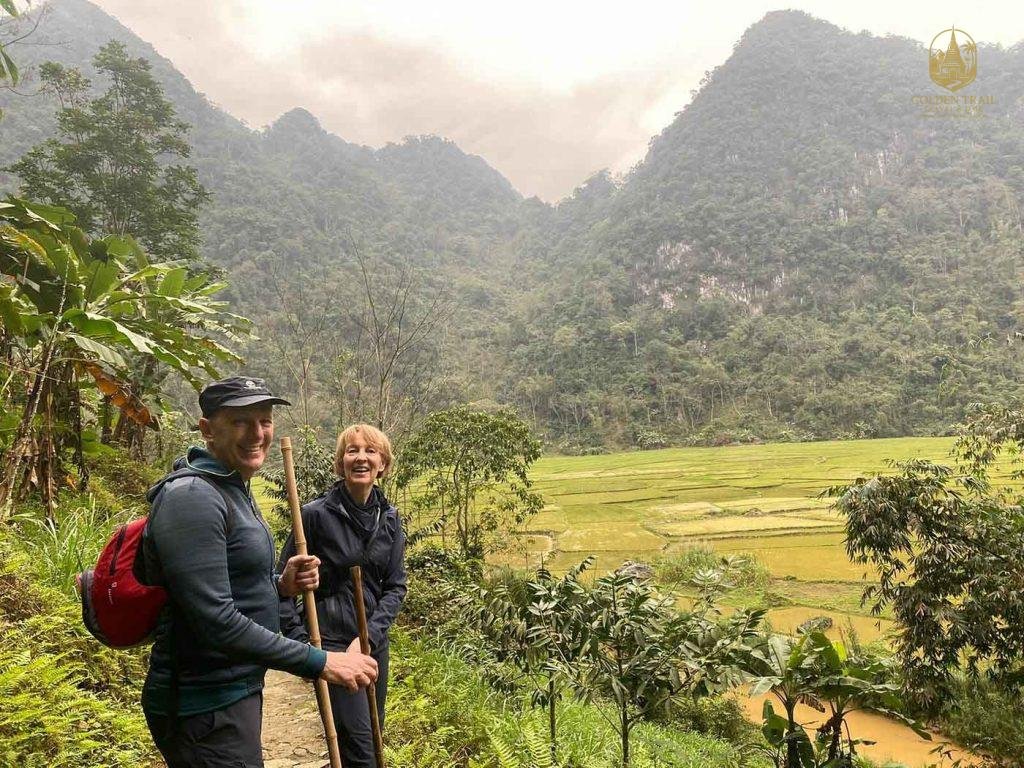
Discover the ultimate guide to Pu Luong trekking and hiking. Uncover a hidden gem in Vietnam with this in-depth article on trails, cultural immersion, and why this is the perfect adventure for your soul. Book your unforgettable journey with Golden Trail Travel & DMC
August 29, 2025
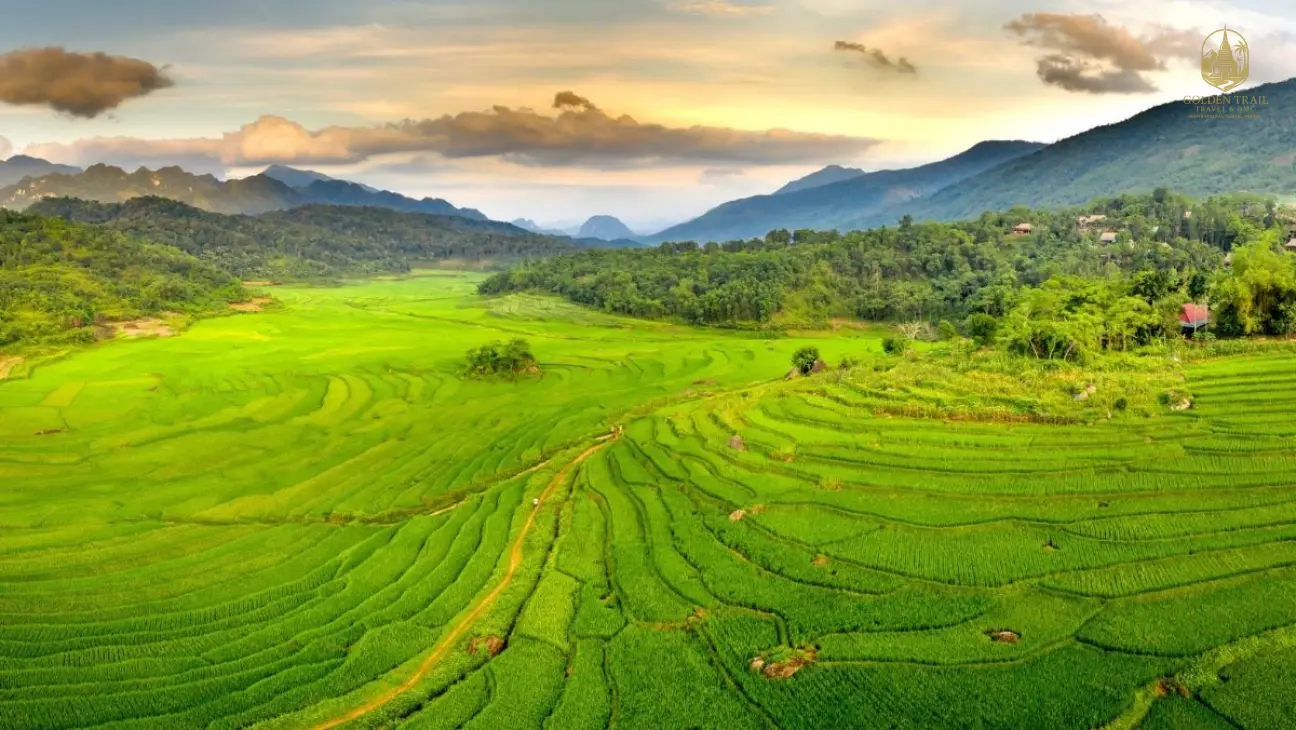
Discover the real Pu Luong with this guide to an off-the-beaten-path adventure. Find hidden trails, remote villages, and authentic experiences that go beyond the usual tourist route. Plan your tour with Golden Trail Travel & DMC.
August 28, 2025
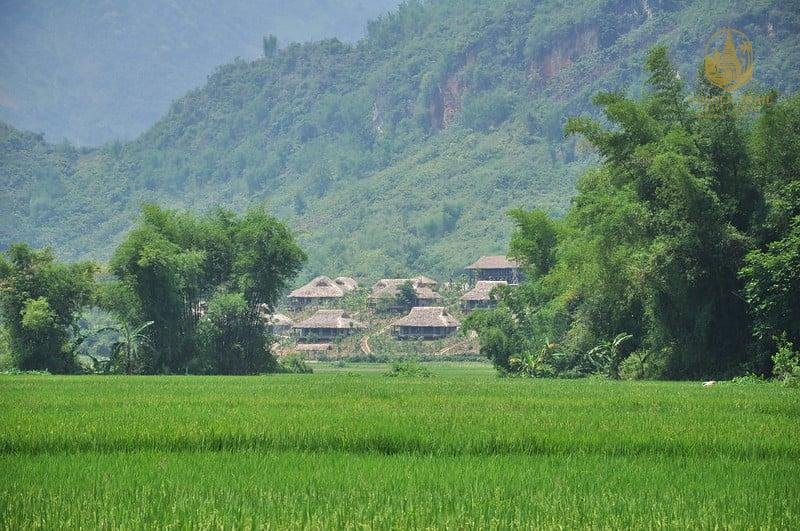
Discover the best Pu Luong tours with this comprehensive guide. From exhilarating trekking to serene relaxation, find the perfect tour package to explore Vietnam's stunning Pu Luong Nature Reserve. Book with Golden Trail Travel & DMC.
August 28, 2025
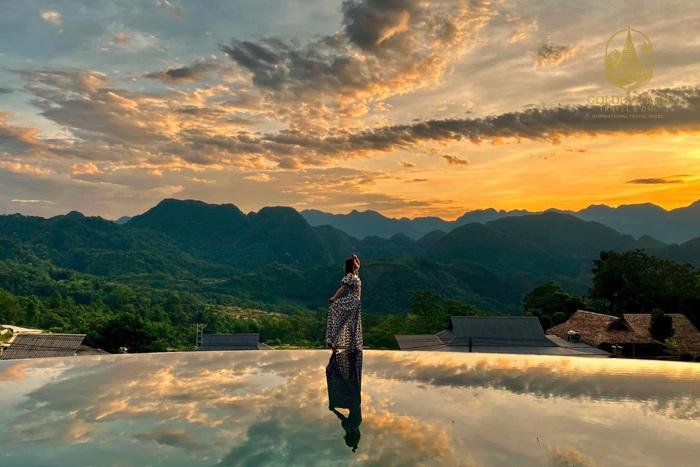
Discover the perfect Pu Luong bungalow/resort for your next trip. This guide helps you find and book a luxurious sanctuary for an unforgettable stay in Vietnam's stunning nature reserve. Book with Golden Trail Travel & DMC.
August 28, 2025

Find your perfect Pu Luong homestay and experience authentic Vietnamese culture. This guide helps you choose and book a unique and unforgettable stay, from traditional houses to modern eco-lodges, all with Golden Trail Travel & DMC.
August 28, 2025
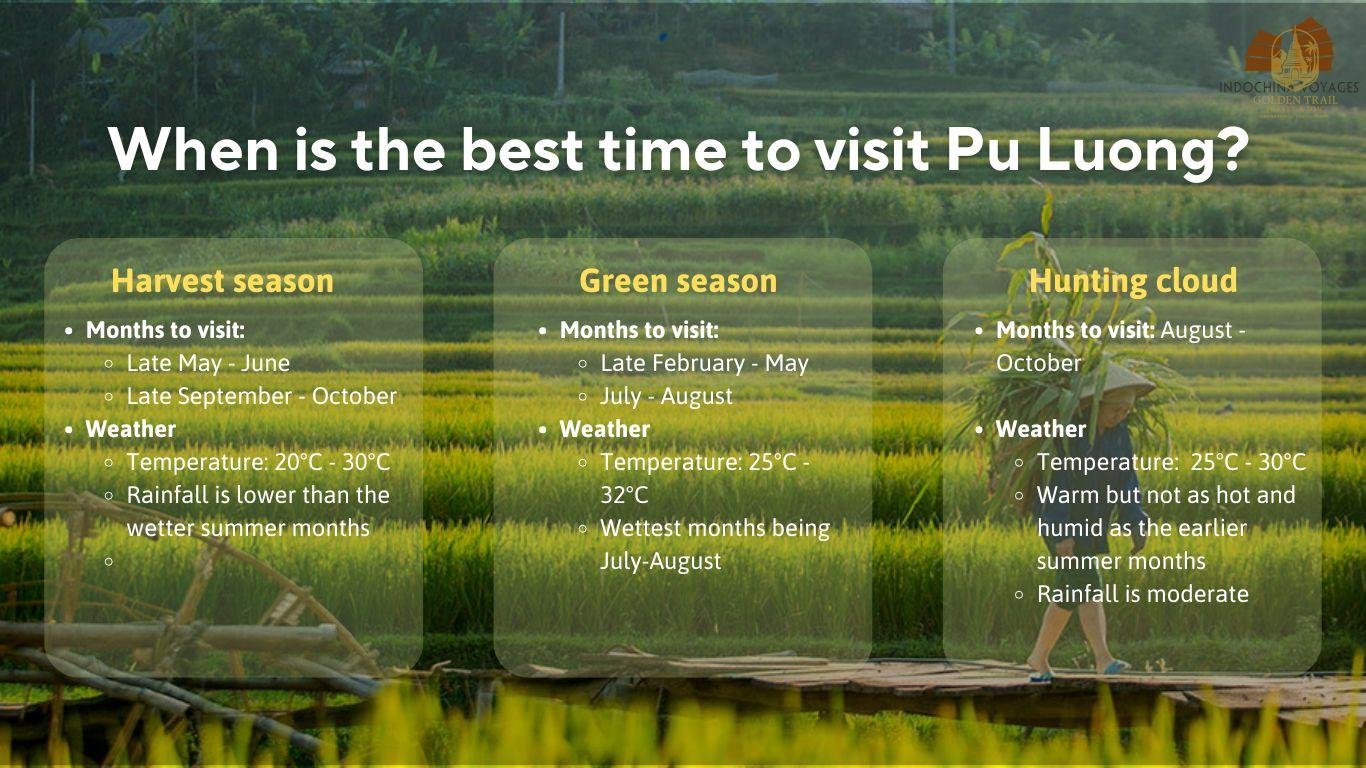
Uncover the best time to visit Pu Luong with this comprehensive seasonal guide. From the golden rice fields to the lush green season, plan your perfect trip with Golden Trail Travel & DMC.
August 27, 2025
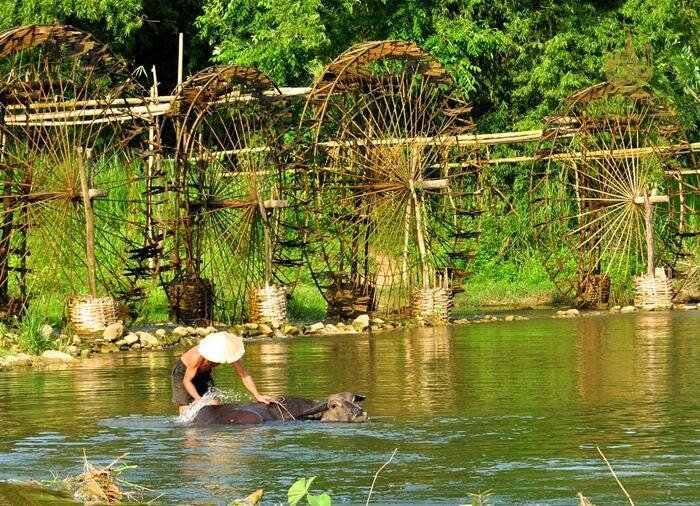
Plan your perfect adventure with this comprehensive Pu Luong itinerary. Discover the best treks, waterfalls, and cultural experiences in Vietnam's stunning nature reserve. Book your unforgettable tour with Golden Trail Travel & DMC
August 27, 2025
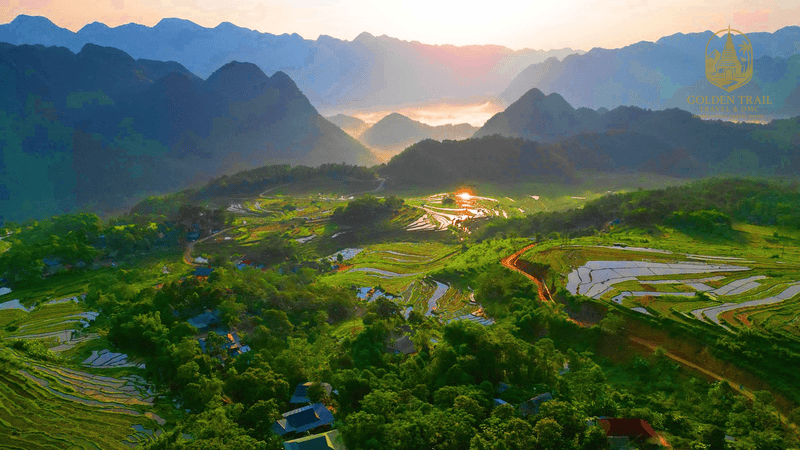
Discover the best what to do in Pu Luong with this comprehensive travel guide. From thrilling treks and serene waterfalls to authentic cultural experiences, plan your perfect adventure with Golden Trail Travel & DMC.
August 27, 2025
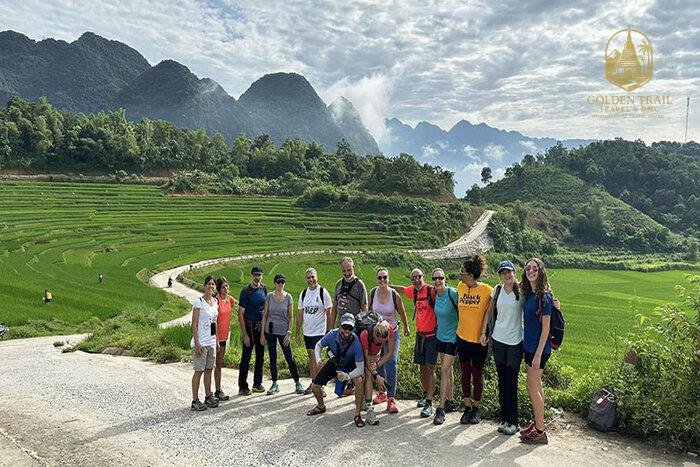
Embark on an unforgettable adventure with this comprehensive Pu Luong travel guide. Discover the stunning terraced rice fields, authentic local culture, and exhilarating treks of Vietnam's most beautiful nature reserve. Plan your perfect trip with Golden Trail Travel & DMC and experience the true magic of Pu Luong.
August 27, 2025

Escape to Pu Luong Nature Reserve with Golden Trail Travel & DMC. Experience serene terraced rice fields, authentic local culture, and breathtaking treks in this hidden Vietnamese gem. Book your unforgettable adventure today!
August 27, 2025

Discover the authentic flavors of the valley with Mai Chau local cuisine. Our guide helps you find the best dishes, cooking classes, and dining experiences. Book an unforgettable Mai Chau tour with Golden Trail Travel & DMC and taste the heart of Vietnam.
August 27, 2025
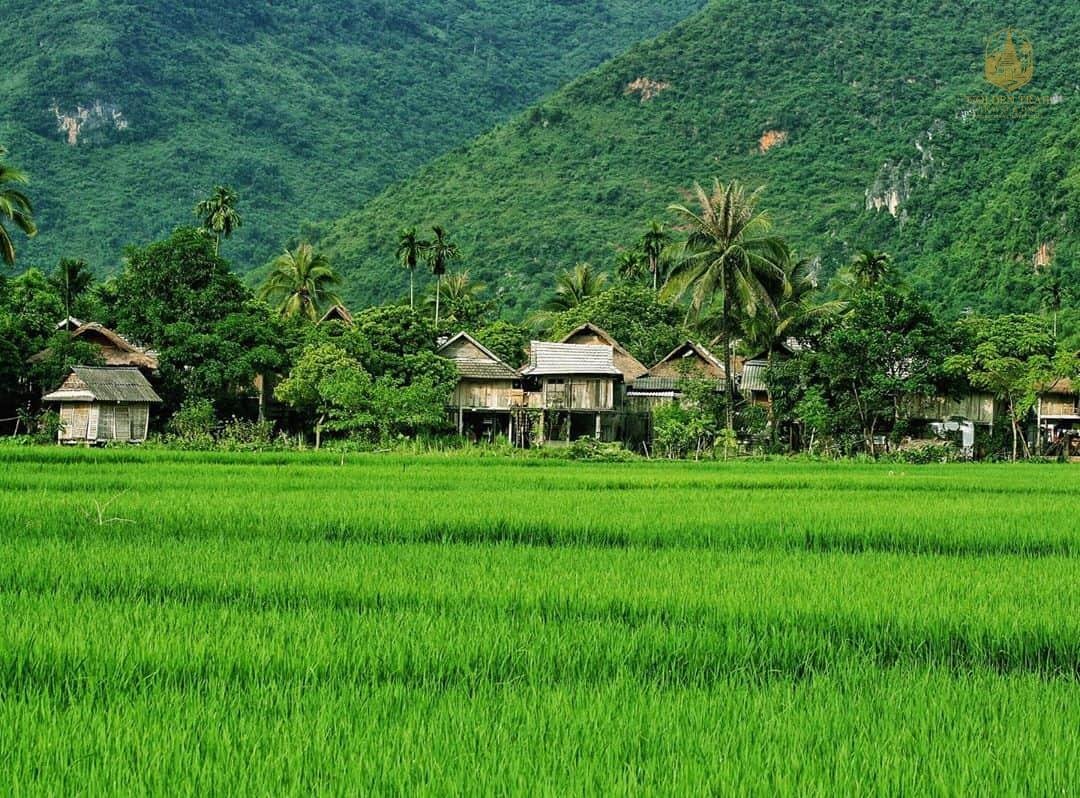
Discover the heart of the valley with a Mai Chau village tour. Our guide helps you find genuine connections through homestays, biking, and cultural experiences. Book an unforgettable Mai Chau tour with Golden Trail Travel & DMC and feel the soul of the valley.
August 27, 2025
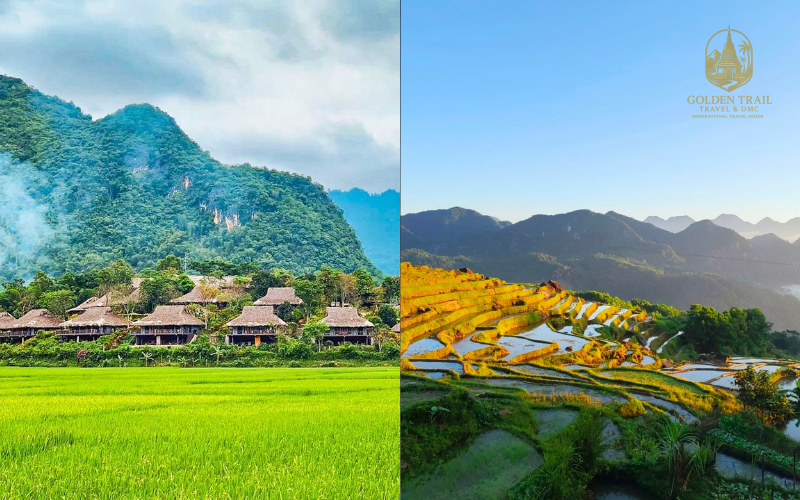
Discover the true heart of the valley with a Mai Chau authentic experience. Our guide helps you find genuine connections through homestays, local markets, and immersive tours. Book an unforgettable Mai Chau tour with Golden Trail Travel & DMC and feel the soul of Vietnam.
August 27, 2025
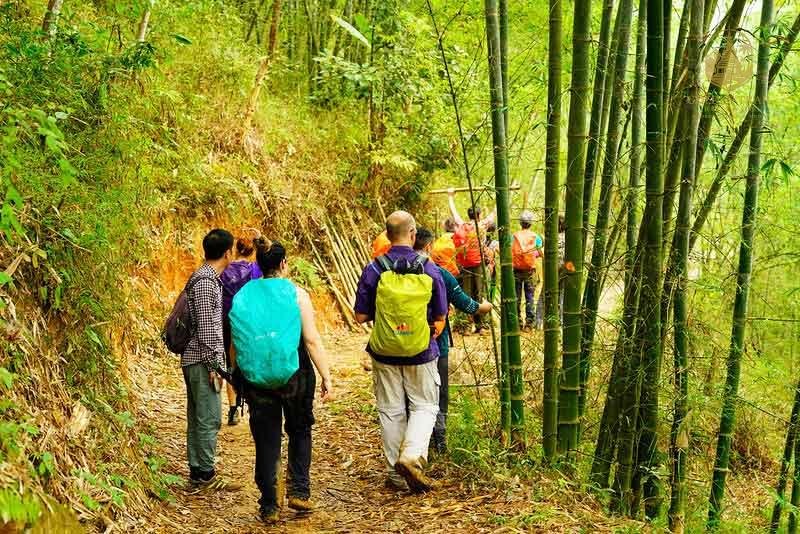
Embark on an unforgettable adventure with Mai Chau trekking. Our guide helps you find the best routes through lush forests and remote villages. Book an authentic Mai Chau tour with Golden Trail Travel & DMC and feel the spirit of the mountains.
August 27, 2025
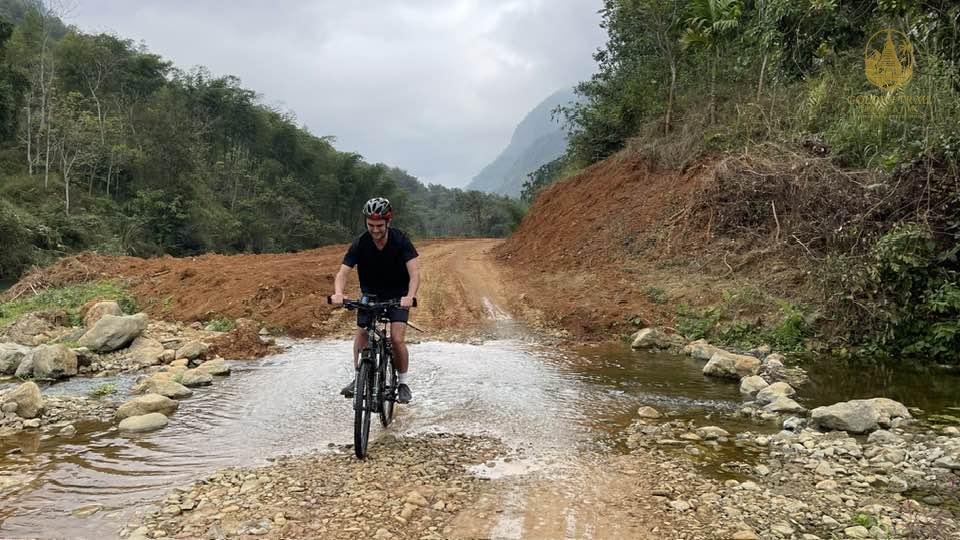
Experience the ultimate peaceful adventure with Mai Chau biking. Our guide helps you find the best routes through the stunning rice terraces and quiet villages. Book an unforgettable Mai Chau tour with Golden Trail Travel & DMC and feel the soul of the valley.
August 27, 2025
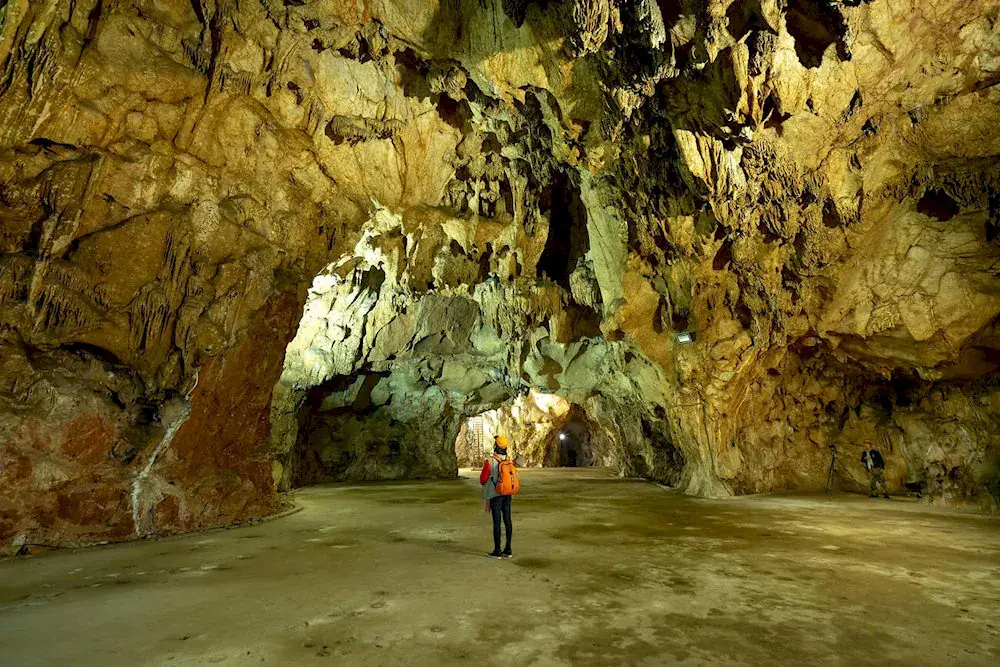
Journey into the heart of Mai Chau's mystical underground world with a visit to Mo Luong Cave. Our guide helps you discover the cave's breathtaking formations and spiritual significance. Book an unforgettable Mai Chau tour with Golden Trail Travel & DMC.
August 27, 2025
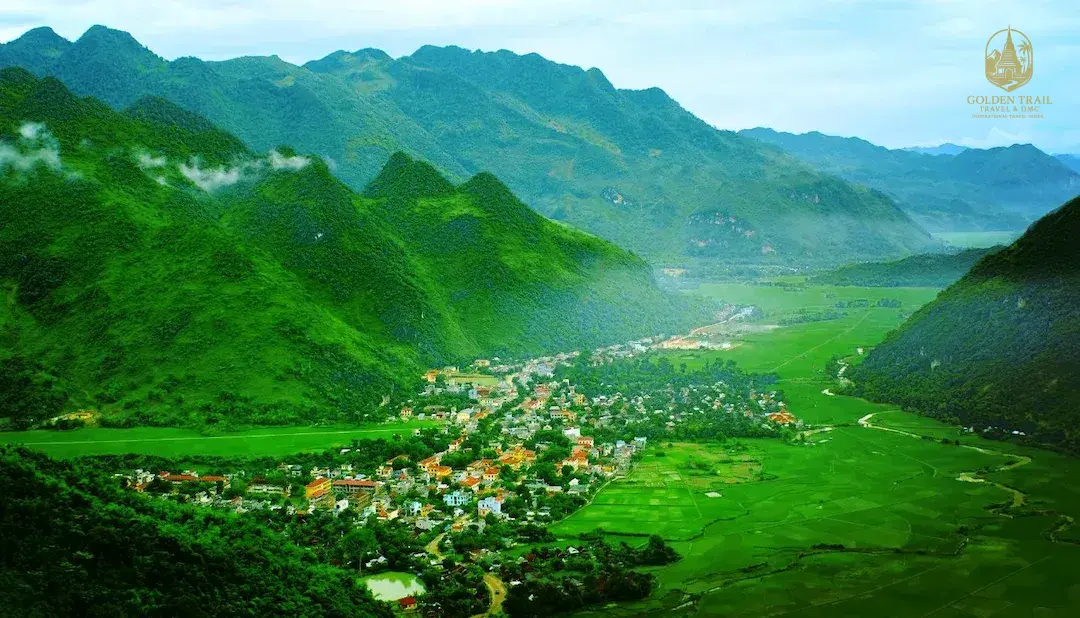
Discover the breathtaking views from Thung Khe Pass, the stunning gateway to Mai Chau. Learn why this iconic mountain pass is a must-see for its panoramic landscapes and unique atmosphere. Book an unforgettable Mai Chau tour with Golden Trail Travel & DMC.
August 27, 2025